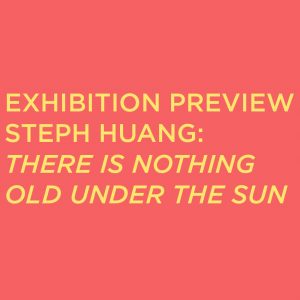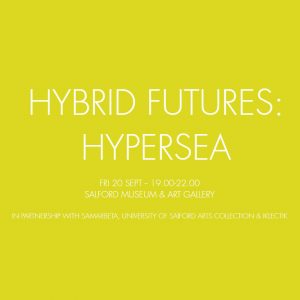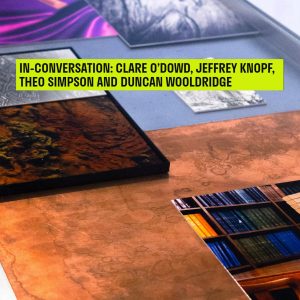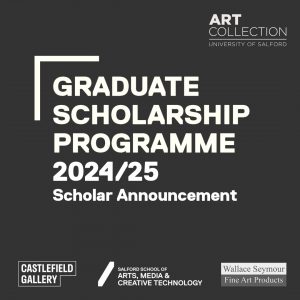
CATALYST: Scholar Spotlight – Suraj Adekola
Suraj Adekola exhibits at our new exhibitions CATALYST with his piece 'We Should All Be Blacks 6', 2022. Find out more here!

Suraj Adekola exhibits at our new exhibitions CATALYST with his piece 'We Should All Be Blacks 6', 2022. Find out more here!

Our partners at esea contemporary are holding an exhibition preview for Steph Huang's There is nothing old under the sun, featuring a new co-commission with the University of Salford Art Collection. We hope you can come!

The Hybrid Futures exhibition closes on the 22nd September 2024, marking the end of the three year project. To celebrate we've teamed up with Fat Out Fest 2024 on a new artist residency and performance!

An in-conversation event between both writers, and artists Jeffrey Knopf and Theo Simpson will be deep diving into the current exhibition on the 14th September, 2-3:30pm at Castlefield Gallery. Get your tickets!

2024 marks the 10th year of the Graduate Scholarship Programme. To coincide with this we're having various celebrator events in different locations - up and coming is our newest exhibition CATALYST - Celebrating 10 years of the Graduate Scholarship Programme.

Over the last decade, the University of Salford Art Collection has been working in partnership with Castlefield Gallery to deliver a unique and ambitious programme to support outstanding graduates from the Salford School of Arts, Media and Creative Technology.Many of the Salford Scholars have graduated from Fine Art and Photography programmes, though we have also […]

The University of Salford Art Collection, in partnership with Castlefield Gallery and Wallace & Seymour, are proud to present our 2024 cohort for the Graduate Scholarship Programme!

To coincide with the celebration of Harold Riley's life through the Every Line Is Me exhibition at Salford Museum and Gallery, we have put up some more of his pieces in The Old Fire Station across the road.

Two new pieces of writing in response to the debut of The Conductor, a brand new performance artwork developed by Mishka Henner as part of his Energy House 2.0 artist residency. Read reviews from Lizzie King and Jack Nicholls for Corridor8.

A Piece of Something Bigger officially begins showing on Thursday 23rd May 2024, coinciding with the University of Salford Degree Show!